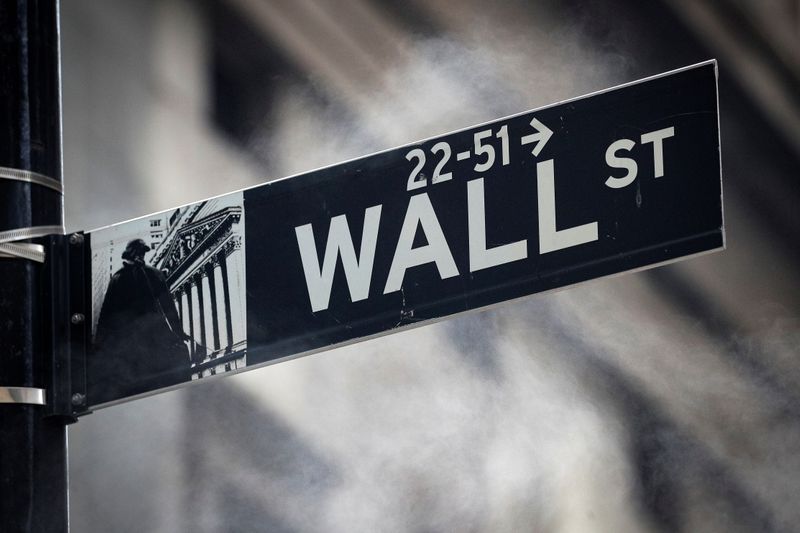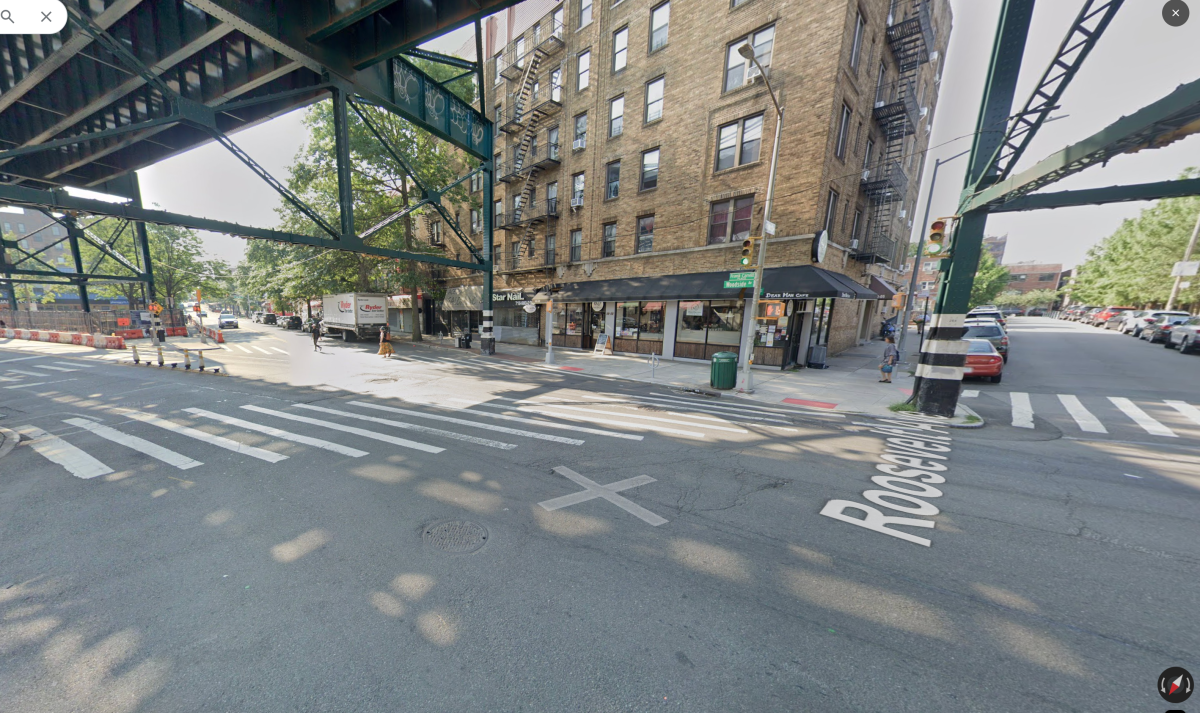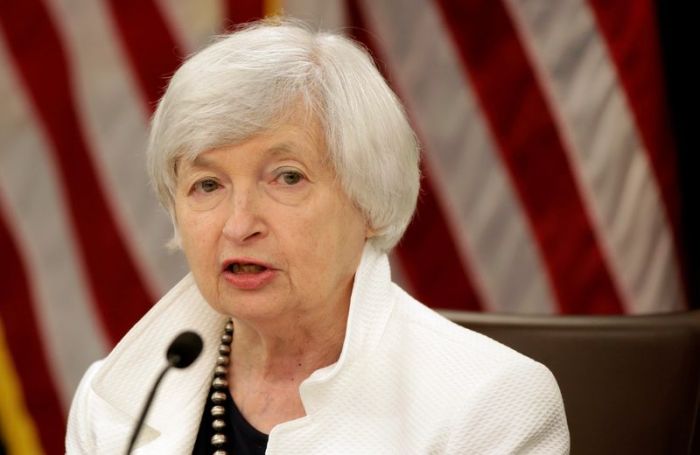NEW YORK (Reuters) – Wall Street’s main indexes tumbled on Thursday, with the Nasdaq index posting its largest daily percentage fall in four months, as technology-related stocks remained under pressure following a rise in U.S. bond yields.
The Dow and the S&P 500 notched their biggest daily decline since late January.
The benchmark 10-year Treasury yields hit a one-year high of 1.614%, prompting investors concerned about rich valuations to lock in profits on some high-flying growth stocks. [US/]
The Treasury note yield rose above S&P 500 dividend yield, wiping out the stock market yield’s strong advantage.
“Rates matter. At 1.5%, the yield is comparable to S&P 500 dividend yield,” said Peter Tuz, president of Chase Investment Counsel in Charlottesville, Virginia. “And there’s no capital risk with a 10-year, you’ll get your principal back. All of a sudden it’s competitive with stocks,”
Apple Inc, Amazon.com Inc, Microsoft Corp, Alphabet Inc, Facebook Inc and Netflix Inc dropped between 1.2% to 3.6%.
Despite the broad market slide, GameStop Corp shares surged again, leading a surprise resurgence of so-called “stonks” championed online by retail investors. After doubling in the previous session, GameStop was almost 90% higher at its session peak but pared gains to close up 18.6%.
The Dow Jones Industrial Average closed 559.85 points lower, or 1.75%, to 31,402.01, the S&P 500 lost 96.09 points, or 2.45%, to 3,829.34 and the Nasdaq Composite dropped 478.54 points, or 3.52%, to 13,119.43.
The S&P 500 technology sector fell 3.5%, as did communication services, which slid 2.6%, among the sectors that powered the market’s rally in 2020.
The S&P 500 growth index is nearly unchanged in February, sharply underperforming the value index, which has gained more than 7% on optimism related to a post-pandemic reopening of the economy.
“You’ve had an equity market that’s hit record highs many times this year and it’s expensive relative to historic norms,” said Chase’s Tuz. “We were primed for a sell-off.”
Meanwhile, data showed fewer Americans filed new claims for unemployment benefits last week as COVID-19 infections fell, but the near-term outlook remained unclear after winter storms wreaked havoc in the South this month.
Optimism about more U.S. stimulus and a quicker pace of vaccinations at the beginning of the month have positioned the Dow Jones index for its best monthly gain since November.
“In the beginning of February, the stimulus news was the driving force but now that it has been priced in, there is nothing on the distant horizon for equity investors to be excited about and there is a concern that upside is limited,” said Mike Zigmont, head of trading and research at Harvest Volatility Management.
Tesla Inc fell 8.1% after a media report that the electric-car maker told workers it would temporarily halt some production at its California assembly plant.
Moderna Inc jumped 2.5% after the drugmaker said it was expecting $18.4 billion in sales from its COVID-19 vaccine this year.
Declining issues outnumbered advancing ones on the NYSE by a 6.71-to-1 ratio; on Nasdaq, a 7.36-to-1 ratio favored decliners.
The S&P 500 posted 71 new 52-week highs and no new lows; the Nasdaq Composite recorded 202 new highs and 39 new lows.
Volume on U.S. exchanges was 15.84 billion shares, compared with the 15.61 billion average for the full session over the last 20 trading days.
(Reporting by Gertrude Chavez-Dreyfuss; Additional reporting by Stephen Culp)























